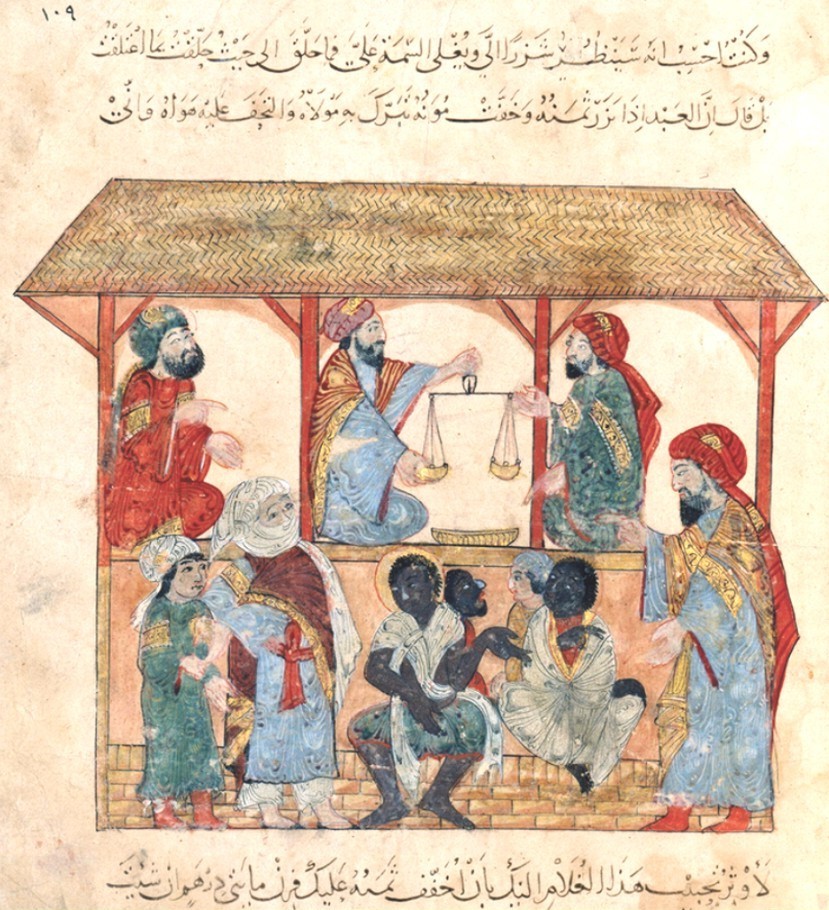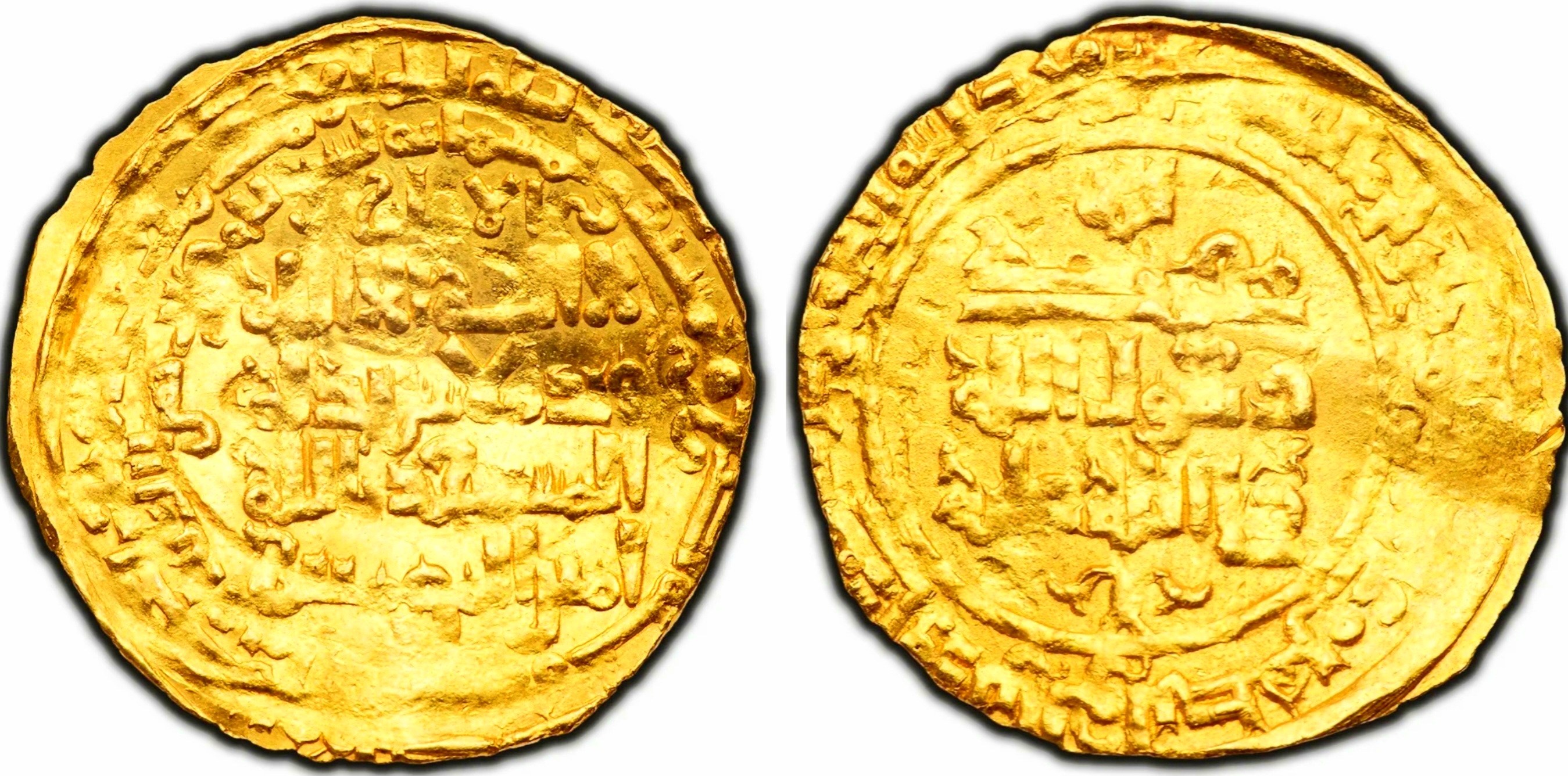|
Slavery (Ottoman Empire)
Chattel slavery was a major institution and a significant part of the Ottoman Empire's economy and traditional society. The main sources of slaves were wars and politically organized enslavement expeditions in the Caucasus, Eastern Europe, Southern Europe, Central Europe, Southeast Europe, the Western Mediterranean and Africa. It has been reported that the selling price of slaves decreased after large military operations.Spyropoulos Yannis, Slaves and freedmen in 17th- and early 18th-century Ottoman Crete, ''Turcica'', 46, 2015, p. 181, 182. In Constantinople (present-day Istanbul), the administrative and political center of the Ottoman Empire, about a fifth of the 16th- and 17th-century population consisted of slaves. The number of slaves imported to the Ottoman Empire from various geographic sources in the early modern period remains inadequately quantified. The Ottoman historians Halil İnalcık and Dariusz Kołodziejczyk have tentatively estimated that 2 million enslaved ... [...More Info...] [...Related Items...] OR: [Wikipedia] [Google] [Baidu] |
Eunuch
A eunuch ( , ) is a male who has been castration, castrated. Throughout history, castration often served a specific social function. The earliest records for intentional castration to produce eunuchs are from the Sumerian city of Lagash in the 2nd millennium BCE. Over the millennia since, they have performed a wide variety of functions in many different cultures: courtiers or equivalent Domestic worker, domestics, for espionage or clandestine operations, ''castrato'' singers, Concubinage, concubines or sexual partners, religious specialists, soldiers, royal guards, government officials, and guardians of women or harem servants. Eunuchs would usually be servants or Slavery, slaves who had been castrated to make them less threatening servants of a royal court where physical access to the ruler could wield great influence. Seemingly lowly domestic functions—such as making the ruler's bed, bathing him, cutting his hair, carrying him in his litter (vehicle), litter, or even rel ... [...More Info...] [...Related Items...] OR: [Wikipedia] [Google] [Baidu] |
Zimmis
' ( ', , collectively ''/'' "the people of the covenant") or () is a historical term for non-Muslims living in an Islamic state with legal protection. The word literally means "protected person", referring to the state's obligation under ''sharia'' to protect the individual's life, property, as well as freedom of religion, in exchange for loyalty to the state and payment of the ''jizya'' tax, in contrast to the ''zakat'', or obligatory alms, paid by the Muslim subjects. ''Dhimmi'' were exempt from military service and other duties assigned specifically to Muslims if they paid the poll tax (''jizya'') but were otherwise equal under the laws of property, contract, and obligation. Dhimmis were subject to specific restrictions as well, which were codified in agreements like the ''Pact of ʿUmar''. These included prohibitions on building new places of worship, repairing existing ones in areas where Muslims lived, teaching children the Qurʾān, and preventing relatives from convert ... [...More Info...] [...Related Items...] OR: [Wikipedia] [Google] [Baidu] |
Sharia
Sharia, Sharī'ah, Shari'a, or Shariah () is a body of religious law that forms a part of the Islamic tradition based on Islamic holy books, scriptures of Islam, particularly the Quran, Qur'an and hadith. In Islamic terminology ''sharīʿah'' refers to immutable, intangible divine law; contrary to ''fiqh'', which refers to its interpretations by Ulama, Islamic scholars. Sharia, or fiqh as traditionally known, has always been used alongside urf, customary law from the very beginning in Islamic history; has been elaborated and developed over the centuries by fatwa, legal opinions issued by mufti, qualified jurists – reflecting the tendencies of Schools of Fiqh, different schools – and integrated and with various economic, penal and administrative laws issued by Muslims, Muslim rulers; and implemented for centuries by Qadi, judges in the courts until recent times, when secularism was widely adopted in Islamic societies. Traditional Principles of Islamic jurisprudence, theory o ... [...More Info...] [...Related Items...] OR: [Wikipedia] [Google] [Baidu] |
Islamic Views On Slavery
Islamic views on slavery represent a complex and multifaceted body of Islamic thought,Brockopp, Jonathan E., "Slaves and Slavery", in: Encyclopaedia of the Qurʾān, General Editor: Jane Dammen McAuliffe, Georgetown University, Washington DC. with various Islamic groups or thinkers espousing views on the matter which have been radically different throughout history.Lewis 1994Ch.1 Slavery was a mainstay of life in pre-Islamic Arabia and surrounding lands. The Quran and the ''hadith'' (sayings of Muhammad) address slavery extensively, assuming its existence as part of society but viewing it as an exceptional condition and restricting its scope. Early Islam forbade enslavement of ''dhimmis'', the free members of Islamic society, including Kafir, non-Muslims and set out to regulate and improve the conditions of human bondage. Islamic law regarded as legal slaves only those non-Muslims who were imprisoned or bought beyond the borders of Islamic rule, or the sons and daughters of slav ... [...More Info...] [...Related Items...] OR: [Wikipedia] [Google] [Baidu] |
Slavery In The Mamluk Sultanate
Slavery in Egypt was practised until the early 20th century. It differed from slavery in ancient Egypt, being managed in accordance with Islamic law from the conquest of the Caliphate in the 7th century until the practice stopped in the early 20th century, having been gradually phased out when the slave trade was banned in the late 19th century. During the Islamic history of Egypt, slaves were mainly of three categories: male slaves used for soldiers and bureaucrats, female slaves used for sexual slavery as concubines, and female slaves and eunuchs used for domestic service in harems and private households. At the end of the period, there was a growing agricultural slavery. The people enslaved in Egypt during Islamic times mostly came from Europe and Caucasus (who were referred to as "white"), or from the Sudan and Africa South of the Sahara through the Trans-Saharan slave trade (who were referred to as "black"). British pressure led to the abolishment of the slave trade bet ... [...More Info...] [...Related Items...] OR: [Wikipedia] [Google] [Baidu] |
Slavery In The Abbasid Caliphate
Chattel slavery was a major part of society, culture and economy in the Abbasid Caliphate (750–1258) of the Islamic Golden Age, which during its history included most of the Middle East. While slavery was an important part also of the preceding practice of slavery in the Umayyad Caliphate (661–750), it was during the Abbasid Caliphate that the slave trade to the Muslim world reached a more permanent commercial industrial scale, establishing commercial slave trade routes that were to remain for centuries. The Caliphate was a major slave trade destination, and slaves were imported from several destinations. Since Islamic law prohibited enslavement of Muslims, non-Muslim slaves (kafir) were imported from non-Muslim lands ( Dar al-harb) around the Muslim world ( Dar al-Islam). These included pagan Africa in the south; Christian and pagan Europe in the north; and pagan Central Asia and India in the east. These slaves came from the north along the Balkan slave trade and th ... [...More Info...] [...Related Items...] OR: [Wikipedia] [Google] [Baidu] |
Slavery In The Umayyad Caliphate
Slavery in the Umayyad Caliphate refers to the chattel slavery taking place in the Umayyad Caliphate (661–750), which comprised the majority of the Middle East with a center in the capital of Damascus in Syria. The slave trade in the Umayyad Caliphate was massive and expanded in parallel with the Umayyad Imperial conquests, when non-Muslim war captives as well as civilians were enslaved, and humans were demanded by tribute and taxation from subjugated people. The slave trade was a continuation of the preceding slave trade and slavery in the Rashidun Caliphate except in size, which was paralleled by the massive Imperial conquests. When the governing elite of the Caliphate established a permanent urbanized residence, the institution of slavery expanded in parallel with the growing access as well as the needs of a new urbanised and more sophisticated state apparatus. The system of harem sexual slavery, as well as military slavery of male slaves, expanded during this period, th ... [...More Info...] [...Related Items...] OR: [Wikipedia] [Google] [Baidu] |
Slavery In The Rashidun Caliphate
Slavery in the Rashidun Caliphate refers to the chattel slavery taking place in the Rashidun Caliphate (632–661), a period when the Islamic Caliphate was established and the Islamic conquest expanded outside of the Arabian Peninsula. Slavery in the Rashidun Caliphate was based on the Islamic law regarding slavery developed during the preceding period as the life and example of Muhammed and his followers, which became the role model and tradition of chattel slavery in the Rashidun Caliphate and the following Caliphate. The slave trade in the Rashidun Caliphate expanded in parallel with the Imperial Early Muslim conquests, when non-Muslim war captives as well as civilians were enslaved, and humans were demanded by tribute and taxation from subjugated people. During the Rashidun Caliphate, the regulations regarding slavery in Islamic law were enacted on a large scale and laid the foundation for the institution of slavery in the Umayyad Caliphate and the history of slavery in ... [...More Info...] [...Related Items...] OR: [Wikipedia] [Google] [Baidu] |
Galley Slave
A galley slave was a slave rowing in a galley, either a Convict, convicted criminal sentenced to work at the oar (''French language, French'': galérien), or a kind of human chattel, sometimes a prisoner of war, assigned to the duty of rowing. In the ancient Mediterranean, galley rowers were mostly free men, and slaves were used as rowers when manpower was in high demand. In the Middle Ages and the early modern period, convicts and prisoners of war often manned galleys, and the Barbary pirates enslaved captives as galley slaves. During the 18th and 19th centuries, pirates in Asia likewise manned their galleys with captives. History Ancient Mediterranean navies relied on professional rowers to man their galleys. Slaves were seldom used except in times of pressing manpower demands or extreme emergency. In the 5th and 4th centuries BC, Athens generally followed a naval policy of enrolling citizens from the lower classes (thetes), metics (foreigners resident in Athens) and hired fo ... [...More Info...] [...Related Items...] OR: [Wikipedia] [Google] [Baidu] |







